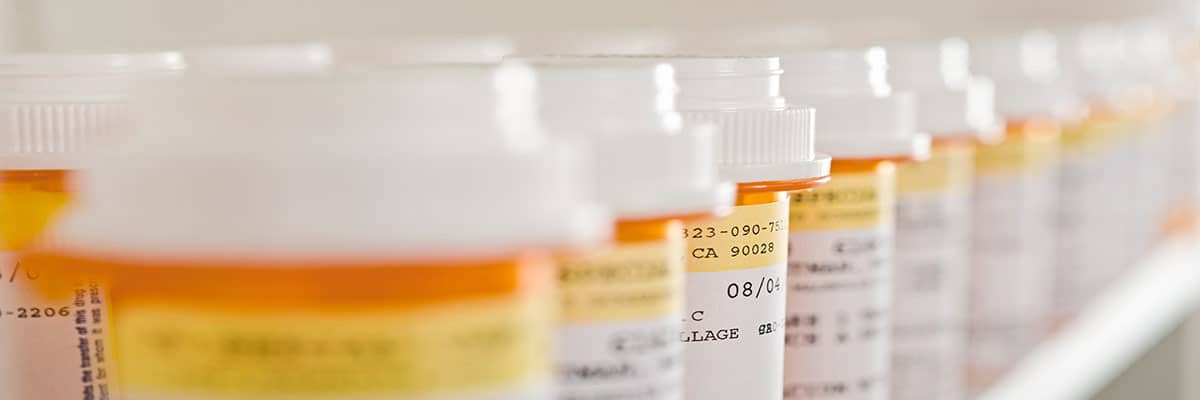Table of Contents
Dangers of Mixing Adderall and Suboxone
The search for stronger high drives most people to mix a less potent drug with a more potent one. The concept of multidrug use is not new in the United States. With common prescription drugs, it is normal to take multiple drugs for treatment. Likewise, through constant experimentation, many illicit drug users have learned to amplify the effects of one drug with another. This way, a less potent drug can become more potent, and the duration of a short-acting drug can be lengthened.
A drag race in the pharmaceutical industry has exponentially increased the number of drugs available since the mid-1980s. Today, drug abusers can try drug combinations from an almost infinite pool. Since prescription drugs are more accessible to the average Joe, they are often the subject of recreational experiments. Adderall and Suboxone are among the common drug combinations in the United States today.

What Happens When You Mix Adderall and Suboxone
Adderall, primarily prescribed for attention deficit hyperactivity disorder (ADHD), is a potent central nervous system (CNS) stimulant containing a combination of amphetamine and dextroamphetamine. Classified by the Food and Drug Administration (FDA) as a controlled substance due to its potential for abuse and chemical dependence, Adderall’s immediate-release tablet form typically provides relief for about 6 hours. However, concerns persist among healthcare providers regarding its misuse and the development of substance use disorder, particularly among vulnerable populations such as college students.
In contrast, Suboxone, a medication used for opioid use disorder, combines buprenorphine and naloxone. While it serves as a less hazardous alternative to illicit opioids, Suboxone is not without its risks, as it can still induce euphoria in users. It’s a critical component of medication-assisted treatment (MAT) for opioid addiction, helping individuals manage cravings and withdrawal symptoms.
When Adderall and Suboxone are mixed, the effects on the body can be unpredictable and potentially dangerous. Both substances act on the central nervous system but in different ways. Adderall increases dopamine and norepinephrine levels, leading to heightened alertness and increased heart rate and blood pressure. On the other hand, Suboxone suppresses opioid withdrawal symptoms by binding to opioid receptors, mitigating cravings, and stabilizing individuals in recovery.
The combination of these contrasting mechanisms can exacerbate existing health issues and pose significant risks, especially for individuals with a history of substance abuse or underlying cardiovascular conditions. The interaction between stimulants and opioids can lead to overstimulation of the cardiovascular system, potentially resulting in severe complications such as irregular heart rhythms or even cardiac arrest.
Furthermore, mixing Adderall and Suboxone may hinder the effectiveness of medication-assisted treatment for opioid addiction. The euphoric effects of Adderall could undermine the therapeutic benefits of Suboxone, potentially leading to relapse or complicating recovery efforts.
In light of these risks, it’s crucial for healthcare providers to carefully evaluate the medical history and current condition of individuals before prescribing either Adderall or Suboxone. Additionally, comprehensive monitoring and counseling are essential components of treatment, especially for individuals with co-occurring ADHD and opioid use disorder.
In conclusion, the combination of Adderall and Suboxone can have serious implications for individuals struggling with substance abuse and mental health disorders. Healthcare providers must exercise caution and expertise in prescribing and managing these medications to ensure the safety and well-being of their patients. Additionally, ongoing research and education are necessary to better understand the complexities of co-occurring disorders and optimize treatment outcomes for those in need.
Polydrug Abuse: Adderall and Suboxone
Looking at the composition of these two drugs, you may have rightly guessed the reason mixing Suboxone and Adderall is highly desirable to people who struggle with chemical dependence. However, short-term gains do not mask the dangers of mixing Suboxone and Adderall.
Chemical dependence and overdose are the two major dangers of mixing Adderall with Suboxone. The synergistic effect of both drugs amplifies their potency. As the high obtained from mixing becomes ineffective, the user may replace them with stronger illicit drugs.
Furthermore, mixing both drugs may result in increased side effects of drug interaction, such as dizziness, drowsiness, confusion, and difficulty concentrating, as well as impairment in thinking, judgment, and motor coordination. There is also a moderate to major interaction risk when combining these two medications, depending on the dosage. This could result in a potentially fatal drug overdose.
Find New Jersey Addiction Treatment
Multidrug abuse is not a new concept, but the dangerous practice worsens your physical and mental health. It may also strain your relationships and put a cog in the wheel of your aspirations for the future. However, there is hope with professional help in rehab. NJ Addiction Resources can help you find the best-fit rehab program and treatment centers near you. By taking this step, get the treatment programs you deserve and talk with medical providers as you or your loved ones commit to a detox, sober, healthy, and fulfilling future. Call our recovery advocates now.
